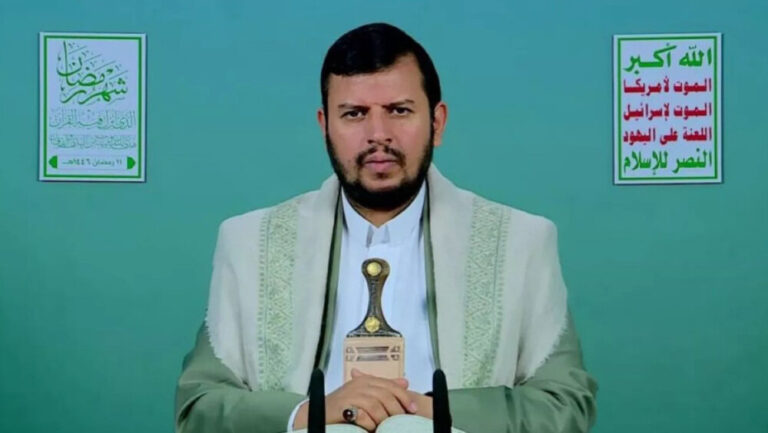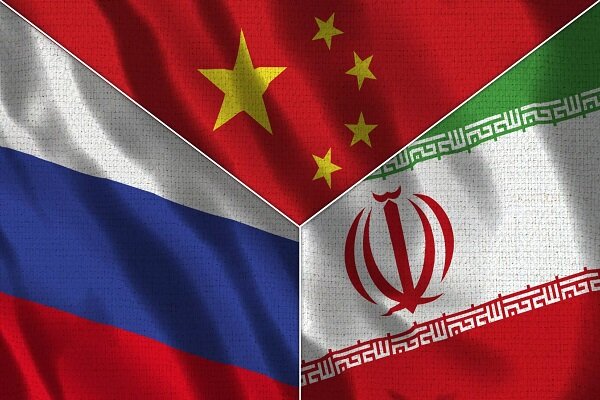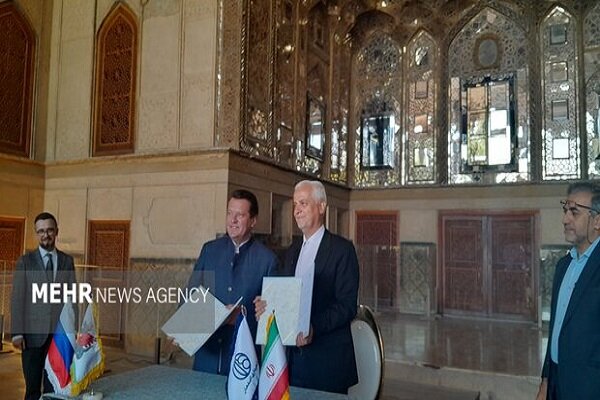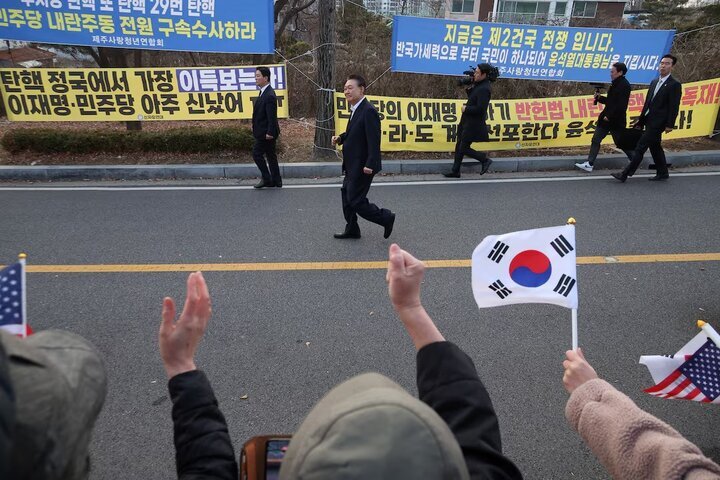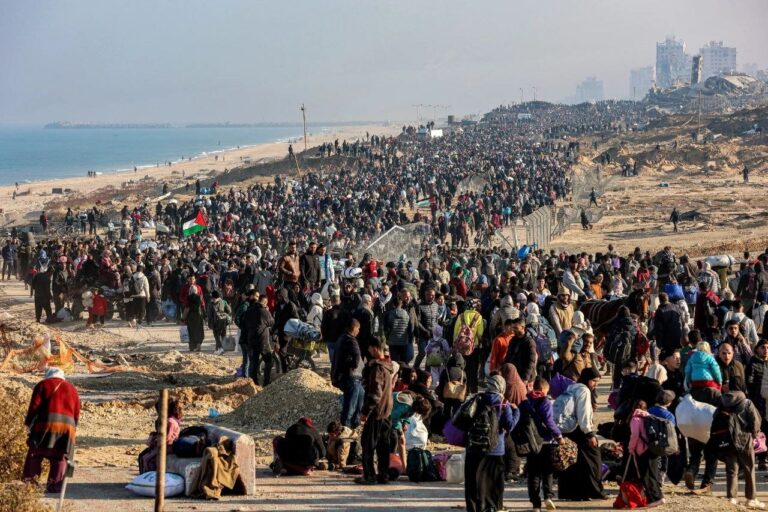Israeli Soldiers Reveal Insights on ‘Kill Zone’ Clearance Near Gaza Border, Sparking Human Rights Concerns
In a recent report by the Israeli human rights organization Breaking the Silence, alarming details have emerged regarding the actions of Israeli troops in Gaza. According to the report, Israeli forces have systematically flattened farmland and completely cleared entire residential districts to establish a so-called “kill zone” around the Gaza enclave. This has raised significant concerns about humanitarian impacts and the future of reconstruction efforts in the region.
The report highlights that the buffer zone, initially extended to a depth of 800 to 1,500 meters (approximately 875 to 1,640 yards
Key findings from the report include: The definition of the buffer zone as a “kill zone” raises serious questions about the military’s intentions and the humanitarian implications of such actions. The report suggests that the Israeli government’s strategy is not only to secure the border but also to significantly alter the landscape of Gaza, potentially hindering future recovery efforts. This situation highlights the ongoing conflict and its devastating effects on civilians and infrastructure in Gaza. The implications of these military operations are profound, as they threaten the already fragile humanitarian conditions within the enclave. In addition to the physical destruction, there are also psychological ramifications for the residents of Gaza. Living in an area characterized as a “kill zone” adds to the trauma experienced by those who have already endured years of conflict. The report calls for greater accountability and transparency regarding military actions in populated areas, especially when they lead to significant civilian harm. As the international community continues to monitor the situation, it is essential to understand the broader consequences of such military strategies. The destruction of agricultural lands and residential areas not only affects immediate living conditions but also poses long-term challenges for rebuilding and recovery. In summary, the findings from the Breaking the Silence report shed light on the severe actions taken by Israeli troops in Gaza, revealing a troubling pattern of destruction that will likely have lasting impacts on the region. The establishment of a buffer zone characterized as a “kill zone” raises critical ethical and humanitarian questions that need to be addressed by both local and international stakeholders.

